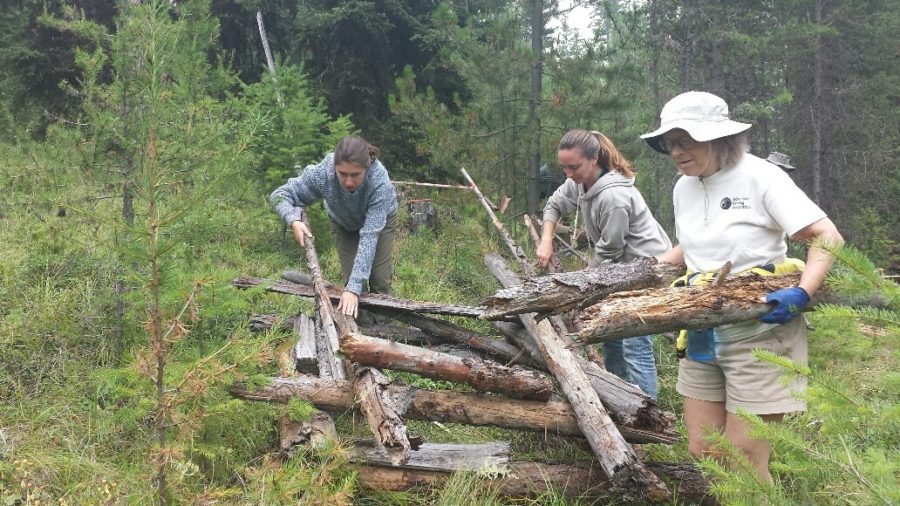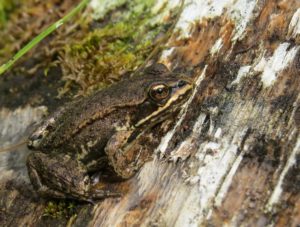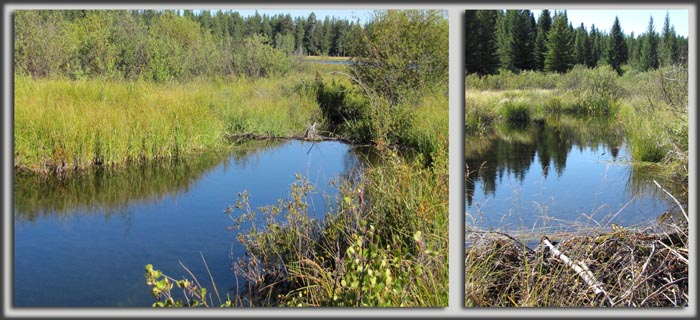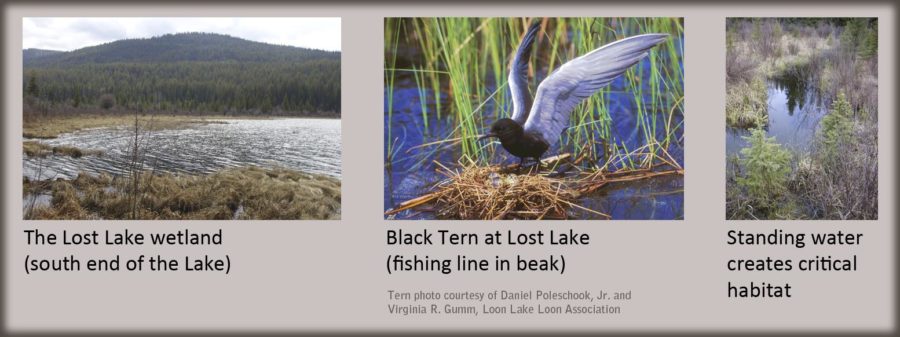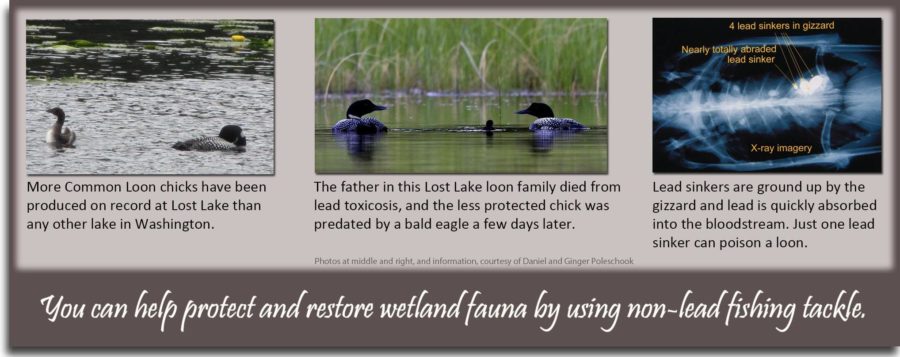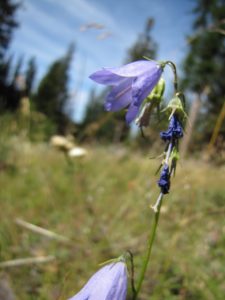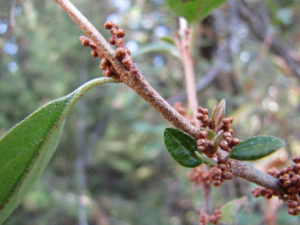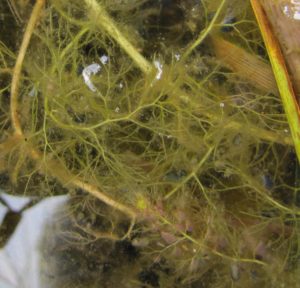The Wetlands

Click here to view our full photo album of the Lost Lake wetlands year-round!
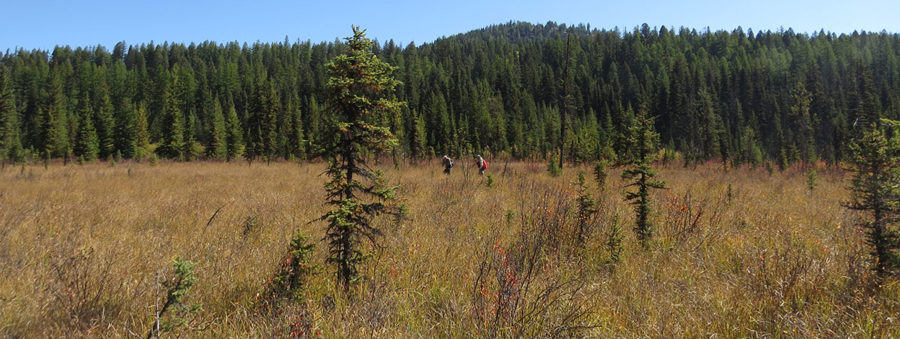
“The wetlands within the Lost Lake Preserve are of high conservation value due to the rare plants and plant communities which occur there and the fact that the site retains excellent ecological integrity despite numerous human stressors in the surrounding landscape. The site supports numerous wetland types such as a calcareous fen, shrub swamp, and forested seepage swamp. Of particular interest is the calcareous fen, which are rare in Washington and are primarily limited to the northeast corner of the State. Calcareous fens are also one of the rarest wetland types in the United States. Calcareous fens differ from other peatlands in that their pH is circumneutral to alkaline and they typically have a high amount of calcium and other base cations. Such conditions result in a unique set of plants which are able to grow in the fen. One of the more significant plant community types found at Lost Lake Preserve is the bog birch/slender sedge (Betula glandulosa/Carex lasiocarpa) plant association. This plant association is typically found in rich to extremely rich fens (e.g. calcareous fens) and is known to occur in northwestern Montana through northern Idaho and into northeastern Washington. Within Washington it is considered to be very rare. In summary, the Lost Lake Wetland Preserve harbors some significant pieces of Washington’s natural heritage. The long-term protection of this wetland complex would contribute to the conservation of these biodiversity treasures within Washington state.”
Joe Rocchio, WA Dept. of Natural Resources
